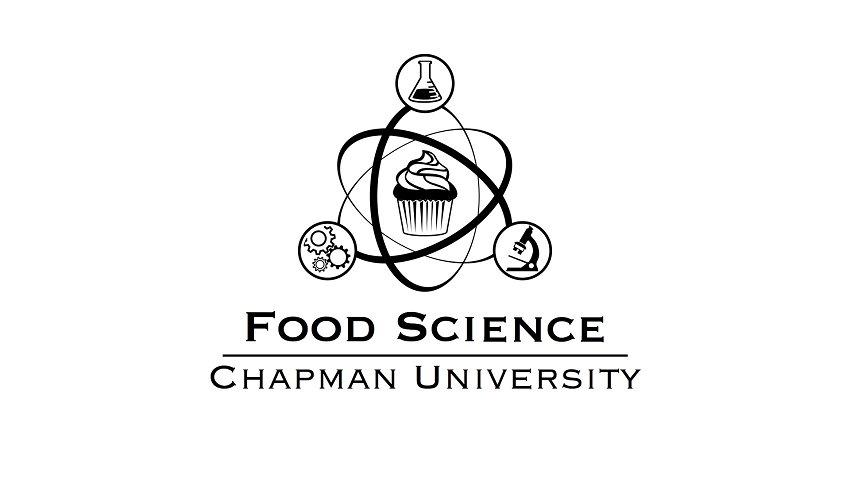Pros and Cons of Ammonia versus Freon™
By Maggie Chung
On July 17th 2017 my peers Dielle Fernandez, Beatriz Michael, Paul Olabode, and I participated in the Produce Marketing Association (PMA) Career Pathways Program, where we got more insights into the produce industry.
Beatriz Michael, Dielle Fernandez, and Me at Frieda’s tour. Courtesy of Dr. Lilian Were
Frieda’s Inc. and Northgate Market let us tour their facilities. Each of these places had refrigerated areas to store their products and maintain their freshness until they were ready to be shipped. Frieda’s Inc. used FreonsTM (fluorocarbons) as their refrigerant while Northgate used ammonia. These gases were chosen according to their function, need, and preference of each company. When selecting the right refrigerant, a food company needs to consider several characteristics. They must have low boiling point, high latent heat of vaporization, dense vapor to reduce the pressure, size, cost of the compressor, low toxicity, not be flammable, barely miscible with oil, chemically stable, and low in cost.
Source: Okumura J. 2016. Frieda’s Report Purple Produce is Trending. Available at: http://www.andnowuknow.com/bloom/friedas-reports-purple-produce-trending/jordan-okumura/48767#.WZPaFFGGPcc
Source: Northgate/LA Galaxy Ticket Offer. Available from: https://www.lagalaxy.com/northgate
Ammonia is the oldest and best known refrigerant. It is mostly used in industry settings rather than households, because it requires trained individuals to monitor it due to its toxicity and flammability. When used in small industries, the refrigerant is confined in a small space as a safety measure, in case there is a toxic leak of ammonia. Ammonia is widely used in the industry because it possesses many of the qualities necessary to be a good refrigerant such as its capability to transfer heat rapidly, and it is cost effective because of its energy efficiency. The thermodynamic properties of Ammonia allow efficient heat transfer in the refrigeration cycle that involves vapor compression. However, it is toxic, flammable, and incompatible with some alloys such as copper.
Source: Bradley D. 2012. Electric Ammonia. Available at: http://www.chemistryviews.org/details/news/2778521/Electride_Ammonia.html
FreonsTM is the trademark name for fluorocarbons manufactured by the Chemours company (previously known as Dupont). Popular types of FreonsTM are chlorofluorocarbons, CFC-11, CFC-12, and hydrofluorocarbons, and HCFC-22. Fluorocarbons are not toxic and not flammable, but they can damage the ozone layer. Another negative impact these types of refrigerants have on the environment is that fluorocarbons contribute to global warming, by trapping on earth sun rays that are meant to go back to space increasing the temperature on earth. According to Bhaktar and others (2013), because of damage to the ozone layer and effect fluorocarbons has on global warming, fluorocarbons are soon to be phased out.
Source: Reporter do frio. 2016. Novo Logotipo Facilita Identificacao dos Gases Freons. Available at: http://blogdofrio.com.br/novo-logotipo-freon-chemours/
As of 2017, it is difficult to find a refrigerant that has all the desired qualities. Ammonia being the oldest and the most used, is toxic and flammable but does not damage the ozone layer. On the other hand, fluorocarbons are not toxic and not flammable, but can damage the ozone layer contributing to global warming. Hence, companies like Northgate with big warehouses would benefit more by using Ammonia since it is more energy efficient. Frieda’s used to use ammonia as refrigerant, until there was a leak. We were told that since ammonia is attracted to water, it penetrated the produce in the storage turning the refrigerated products black. Ever since the accident, Frieda’s decided to switch to Freon.
During this even, we learned that there is no one specific gas that the produce industry prefers. Ammonia and Freons have their benefit and challenges, and it is up to the management to decide between the risks and benefits of each kind of refrigerant. Thanks to PMA we were able to learn and experience the rigorous hard work it takes to deliver fresh produce to the consumers. I wanted to thank PMA, Frieda’s, Northgate, Chapman’s faculty and mentors for the opportunity to learn about the produce industry, and connect with other students and professionals in the industry.


